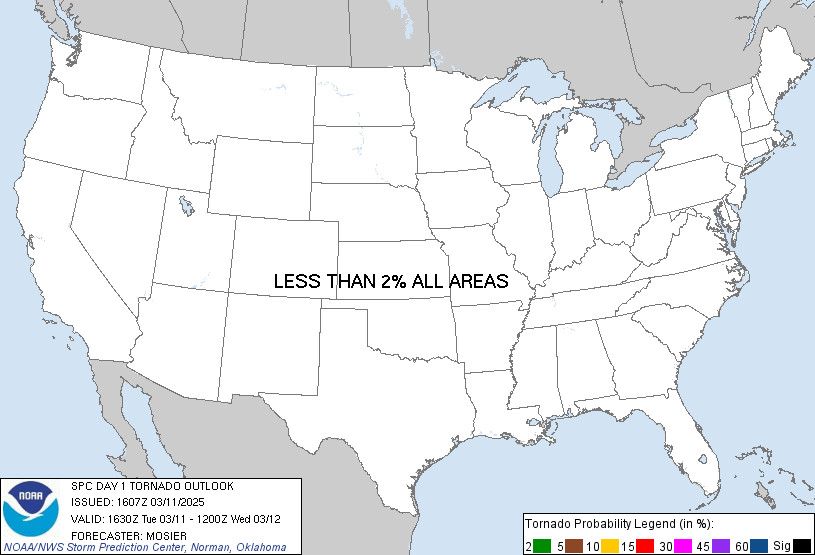Several factors can contribute to daily fluctuations in gold prices. Understanding these drivers can help investors navigate the gold market. One key influence is the movement of the U.S. dollar. A weaker dollar often makes gold more attractive to international investors, boosting demand and price. Conversely, a strong dollar can put downward pressure on gold prices.
Inflationary pressures also play a significant role. Gold is often seen as a hedge against inflation, as its value tends to rise as the purchasing power of currencies declines. When inflation expectations increase, demand for gold often follows, pushing prices higher. Therefore, economic data releases, such as the Consumer Price Index (CPI), can significantly impact gold prices.
Geopolitical uncertainty and market volatility often drive investors towards safe haven assets, like gold. Events such as political instability, economic crises, or major global conflicts can trigger a flight to safety, increasing demand for gold and driving up its price. This demand surge is due to gold’s historical stability and perceived resilience during turbulent times.
Central bank policies, particularly interest rate decisions, can influence gold prices. Lower interest rates generally make gold more appealing compared to interest-bearing assets. Conversely, higher interest rates can decrease gold’s attractiveness, potentially leading to lower prices. This relationship is because gold itself does not yield interest.
Supply and demand dynamics within the physical gold market also contribute to price fluctuations. Changes in gold production, jewelry demand, and central bank gold reserves can all impact the overall balance between supply and demand, influencing price. For example, increased demand from major gold-consuming nations like India or China can significantly impact global gold prices. Similarly, disruptions in gold mining operations can affect supply and subsequently, prices. Finally, investor sentiment and market speculation play a role in short-term price movements. Positive news and optimistic outlooks can drive up demand, while negative sentiment can lead to selling pressure.

